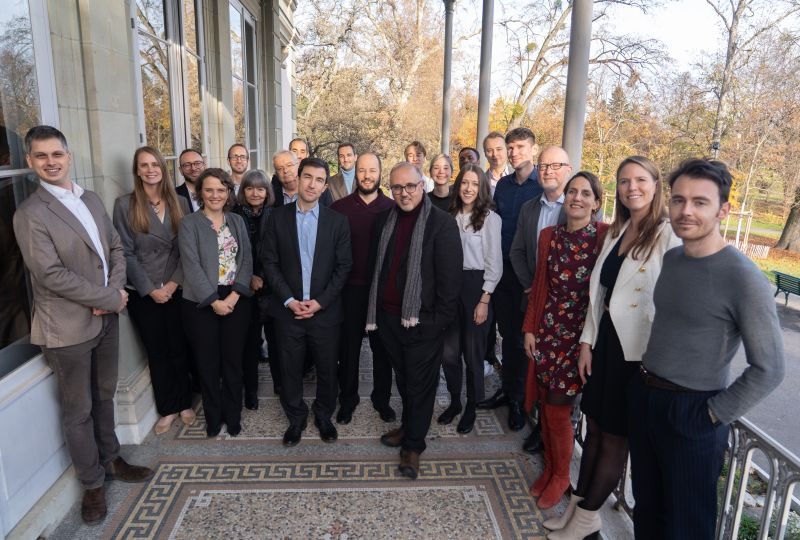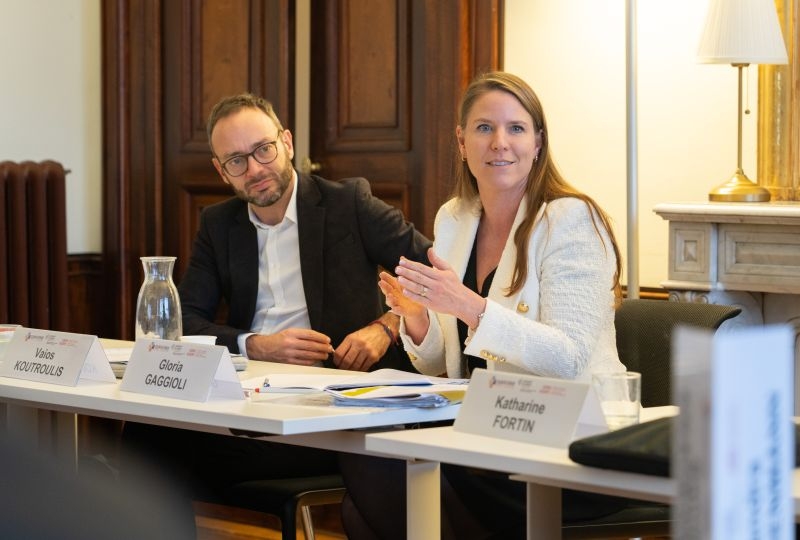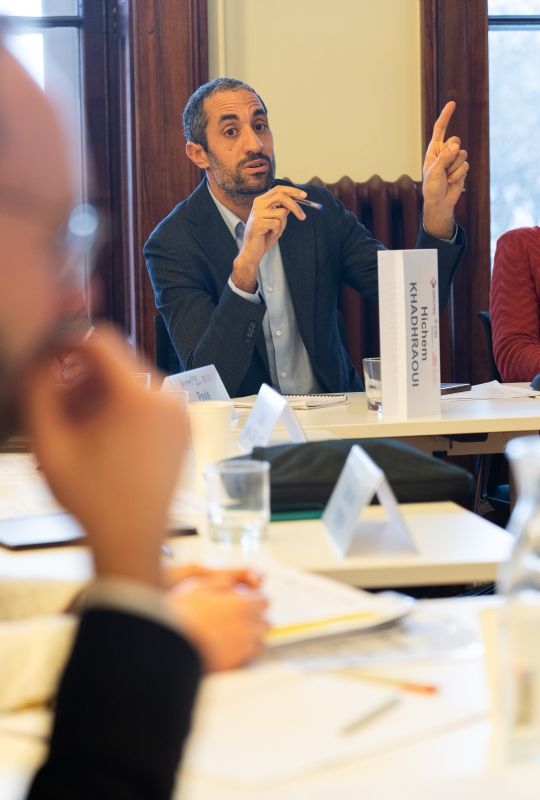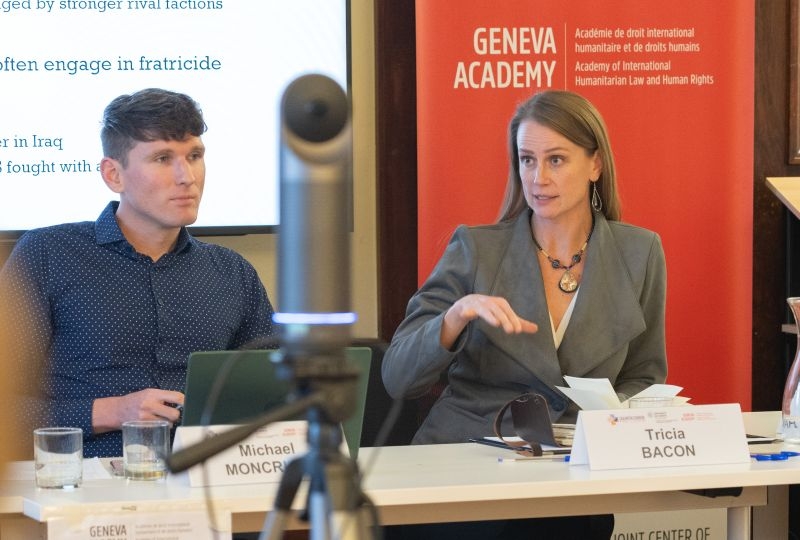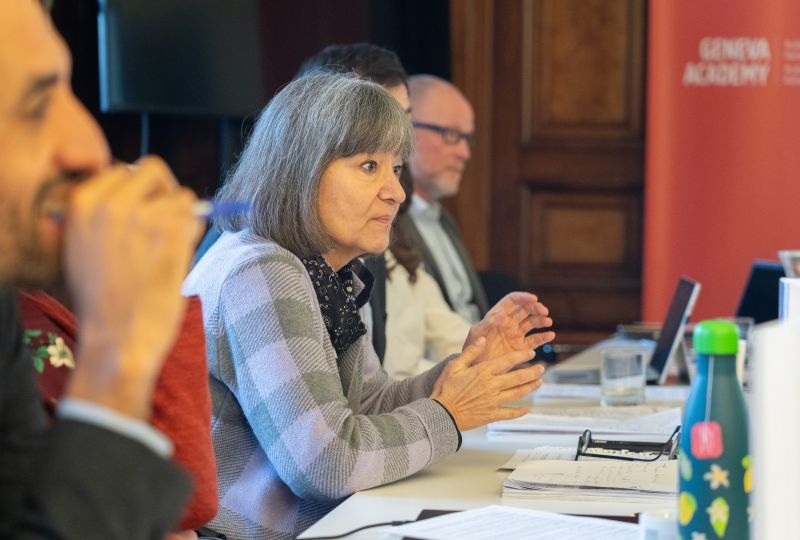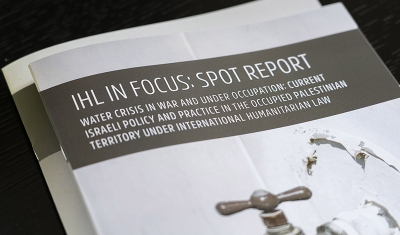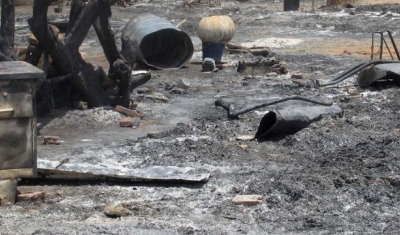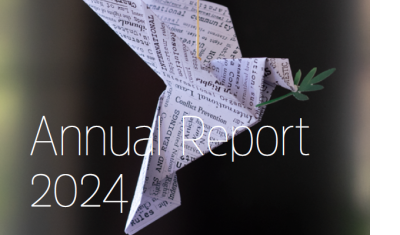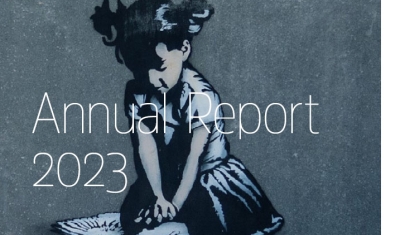18 December 2023
The growing number of organized armed groups (OAGs), in particular groups labelled as terrorist, fighting together in coalitions in non-international armed conflicts (NIAC) – like in Burkina Faso, the Democratic Republic of the Congo, Mali or Syria – raises several humanitarian, legal and policy issues.
Within the framework of international humanitarian law (IHL), they raise numerous issues, particularly concerning the classification of armed conflicts.
‘In these situations, a legal discussion arises regarding whether the intensity criterion required by IHL for establishing the existence of a NIAC can be evaluated by considering the cumulative military actions conducted by all OAGs fighting collectively within the coalition’ explains our Director Professor Gloria Gaggioli.
‘This key question bears implication on the applicable legal framework and we need to take a step back to properly address it. This is precisely the approach we took during our two-day expert meeting by bringing in the discussion social scientists working in this domain. We examined this issue through an interdisciplinary lens to gain a comprehensive understanding of coalitions, considering their legal, scientific, and practical implications’ she adds.


